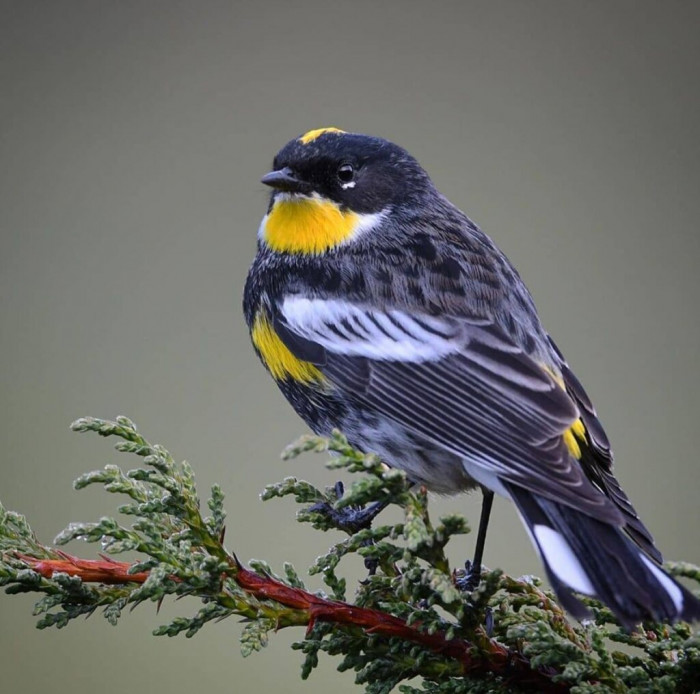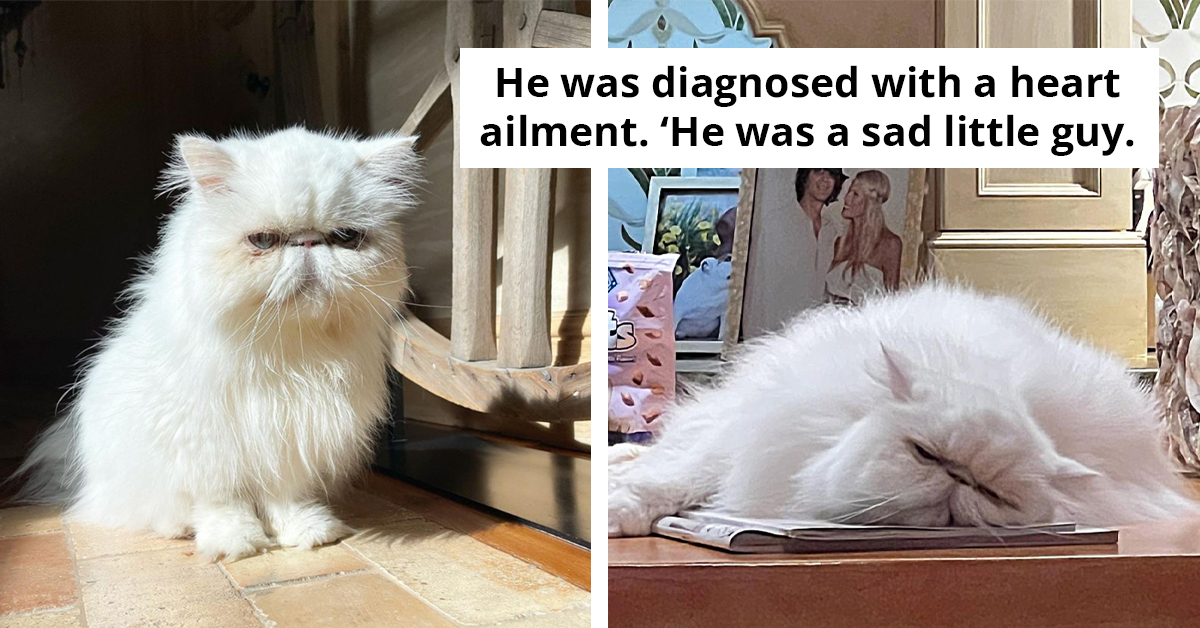Meet The Goldman's Warbler, The Bird With Beautiful Yellows That Vividly Contrast Against Black And White
A lot of birds have truly beautiful color patterns. Today, we're looking at a species of bird with conspicuous yellow patterns that contrast with black and white.
Meet the Goldman's Warbler. This bird, which lives in North America, can be found throughout the continent.
Goldman's Warblers generally prefer coniferous forests (where spruces, pines, larches, and firs primarily grow) or forests with a mix of coniferous and deciduous trees. Their population is dense in the continent's northern areas during the breeding season, and then in winter, they migrate to the southern parts.
Their diet is quite similar to that of most birds, typically including insects.
They search through leaves and twigs for food. To find insects, they fly around the foliage.
During the breeding season, it is common for males to forage more than females. In winter, foraging is done in flocks.
They also eat caterpillars and other insects such as aphids, grasshoppers, beetles, and gnats. They feed on spiders as well.
They also consume fruits, such as juniper berries, especially during the winter season.
We have compiled pictures of these adorable birds. If you're ready to appreciate the beauty of these birds with yellow splashes on their feathers, take a look at the images below.
This is the yellow-rumped warbler (or Setophaga coronata).

They are typically seen across the entire continent.
During the summer, the two forms of the male Yellow-rumped Warbler have backs streaked with black on blue-grey, with white patches on the wings. Their breasts are streaked with conspicuous yellow.
The passerine bird, Audubon’s Warbler, also has a yellow patch on the throat. The Myrtle Warbler features a white color on the throat section and a stripe of white on the eye, contrasted by the black-patched cheek.

The females of the two species closely resemble the males, but they are streaked with brown on the front and back, with apparent yellow rumps.

Generally speaking, the coloration of the females is duller than that of the males.

Yellow-rumped Warblers build deep bowl-shaped nests made of bark, twigs, and other fibers.
These nests feature a rim that surrounds the entire bowl, made of softer materials such as hair, feathers, and grass.
This construction serves as a shield from predators. The females lay four to five eggs in the nest.
The incubation lasts for 12 to 13 days. Once the eggs hatch, the chicks are brooded for a period of 10 to 14 days, and they fledge at this point.

Since the range of the population of these birds is large, their numbers are relatively stable.
The IUCN has established standards to determine which species are considered vulnerable. So far, the Yellow-rumped Warblers have not reached these thresholds.
IUCN stands for the International Union for Conservation of Nature. They set quantitative criteria to determine if certain species are nearing extinction.

When it comes to behavior, these warblers are territorial during the breeding season.

Once they arrive on their breeding grounds, the males establish their territories.

Watch and listen to the song of a Yellow-rumped Warbler.
As mentioned before, Yellow-rumped Warblers are among the "least concern species."
In North America alone, there are about 170 million adults capable of breeding. Their population in New York was estimated at 410,000 in 2010.
According to the Partners in Flight Bird Conservation Plan for the Adirondack Mountains, these species have been increasing in numbers since 1980. The general cause of the Yellow-rumped Warblers' mortality is not known, but on record, the oldest of this species lived until it was eight years and nine months old.
Some mortalities have been caused by exposure of the young to extreme temperatures. Furthermore, they may have defense mechanisms, but predation remains a significant cause of their mortality.



